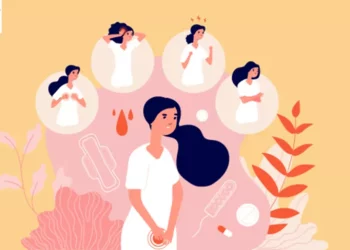The psychological meaning of colors, lines and the characteristics of children Arles, a psychologist, conducted a one-year follow-up survey of paintings made by 150 children aged 2 to 5. The conclusion is: color and line have their own fixed psychological significance. If two colors and lines with different meanings overlap on the same picture, it means that there are two different feelings in the heart and desires are entangled with each other.
People who like red are indeed people with low personality and strong energy. Its shortcomings such as more impulsive personality and richer feelings. Therefore, it is easy to cause troublesome events in the relationship with the opposite sex. Generally speaking, children have an instinct to like red. If the person who likes red to maroon has the advantages of both in personality, he can control his impulsive emotions.
Most girls like pretty pink. If the little girl you love likes pink, it means that your family’s economic environment is above the average level, and it also symbolizes the full performance of your double love. Under the protection of love, this kind of girl has “high aesthetics”, “attentiveness”, “elegance”, and “submissive” material, which is also attractive.
A child who loves yellow, has a genius side, has a stronger need for wisdom than anyone else, and is more eager to pursue ideals. Although his attitude towards foreign affairs is less practical, his brain is sensitive and responsive. However, this type of person is not easy to maintain into adulthood. If your child grows up and still loves porn, then he or she is the so-called “idealist type”, and at the same time, he or she will be a person who values affection, is loyal and is trusted by others. However, please pay special attention, if you like yellow, you may also be a schizophrenic.
The characteristics of children who love green are children who love green. They are more easy-going and cheerful in personality, have no scheming, have a mind of tolerance and forgiveness, have a strong curiosity, and are quite motivated to learn. This type of person is suitable for the salaried class when they are adults. If they have the perseverance and steadfastness to do it, they can also have a successful day. Many talented boys belong to this type.
People who like orange are more outgoing and lively in personality, like to talk and have a good relationship with each other. Interestingly, people who like orange from a young age will like it all the way to adulthood. Although people like other colors temporarily, they will still like it again. Back in the embrace of orange. People of this type are creative, self-centered, less understanding of others, careless, naive, thinking that there are good people in the world, so they are easy to be deceived by evil people. Children who like blue are characterized by a heavier sense of responsibility, a careful and thoughtful attitude, and introverted but not good at words.
Children who like purple, yellow and other intermediate colors have the characteristics of girls who like purple. They are easy to indulge in a state of narcissism. At the same time, they also have a side of morbid constitution, so they need to be paid attention to. Infants and teenagers, if they like purple, although they seem to be healthy on the surface, it must be explored whether they contain hidden diseases! In addition to this color, children who like olive green, blue-green, yellow-green and other intermediate colors should pay attention to explore their psychological background.
According to color psychologists, those who like olive green are mostly repressed, their personality is more awkward, and there is a tendency to “hysteria”. People who like green and yellow-green are often sentimental and sentimental characters! Yellow-green still has a hint of positivity, while blue-green is a completely closed character.
Reminder: For more knowledge about marriage psychology, workplace psychology, interpersonal relationship, growth psychology, etc., please pay attention to: pvcnr.com, which provides you with comprehensive and rich knowledge of psychological test, psychological guidance and other knowledge.




























